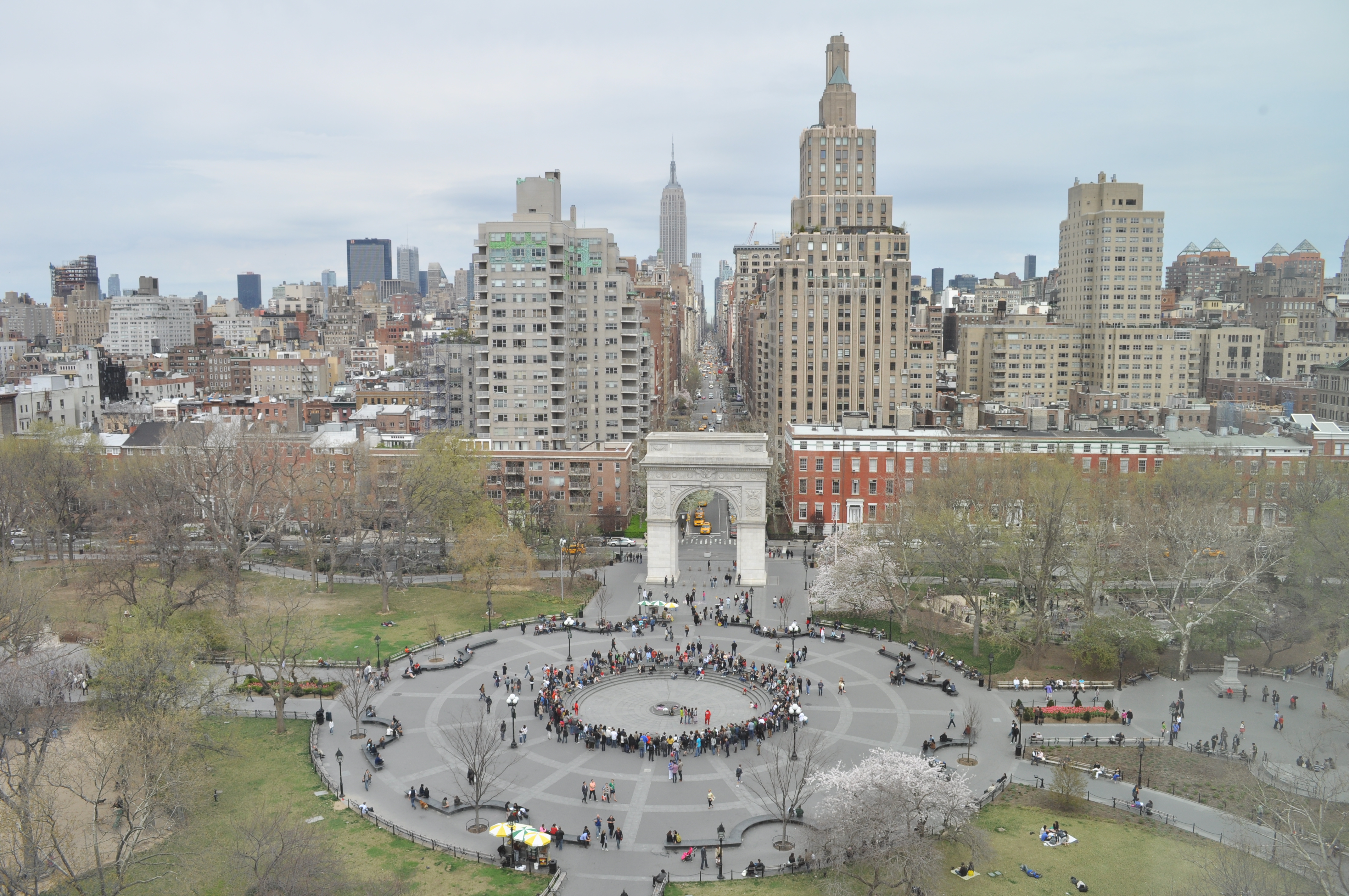If you grew up or currently live in a middle or upper-middle class neighborhood, there is a chance that environmental discrimination is a foreign concept to you. However, it is a very serious issue that everyone should be concerned with. It is a subject that ties social and political forces to pollution. With widespread awareness only starting in the 1970s, there have been numerous studies and reports proving that there are disproportionately high levels of environmental degradation in and around low-income and minority neighborhoods. Lower-income and minority neighborhoods tend to lack organizational and political power, meaning that they are more likely to be taken advantage of. This can be deliberate or accidental. On a larger scale, first world countries offload hazardous chemicals in places with less stringent public health and safety laws, endganering that country’s inhabitants. All of these actions are unethical.
Environmental discrimination has been on many people’s minds recently, as a neighborhood in the Bronx is considering building a FreshDirect grocery delivery warehouse. The 500,000 square foot warehouse would be built on undeveloped land, increasing the amount of truck traffic and exhaust. This neighborhood’s asthma rate is already much higher than most in the area.
“Bronx Community District 1, which includes the waterfront neighborhoods of Mott Haven and Port Haven, and where the FreshDirect facility will be built, is over 96 percent black and Hispanic.” (https://news.vice.com/article/bronx-activists-take-local-fight-against-environmental-racism-to-a-global-stage) In an effort to combat underrepresentation and being marginalized, residents have been reaching out to other minority communities that have been similarly affected by high levels of institutional neglect and environmental degradation. “Had this project being planned for Manhattan or Brooklyn, it never would have happened,” Johnson said. “It would have been held under a lot more scrutiny. They continue to bring these projects to the South Bronx.
“While South Bronx Unite is opposing to the FreshDirect relocation, the group is proposing a plan that creates something the community doesn’t have: waterfront access and space. The Mott Haven-Port Morris Waterfront Plan calls for a green ribbon of seven sites that would open up green space while also mitigating storm surges that threaten the community. Johnson worries that another major storm could cause a local electricity substation to fail and leave vulnerable people without power in many of the area’s large public housing edifices. The waterfront exists in flood zones 1 and 2 according toFEMA maps, and flooded substantially during SuperStorm Sandy. Johnson said the proposal is being considered by the state’s Department of Environmental Conservation as a priority project.” (http://thinkprogress.org/climate/2014/10/09/3574768/battle-for-new-york-green-space/)
If you are interested in learning more about environmental justice, the EPA has a comprehensive and informative site on the matter. Here is another good site to check out.
Written by Leslie Wolf, Class of 2015

